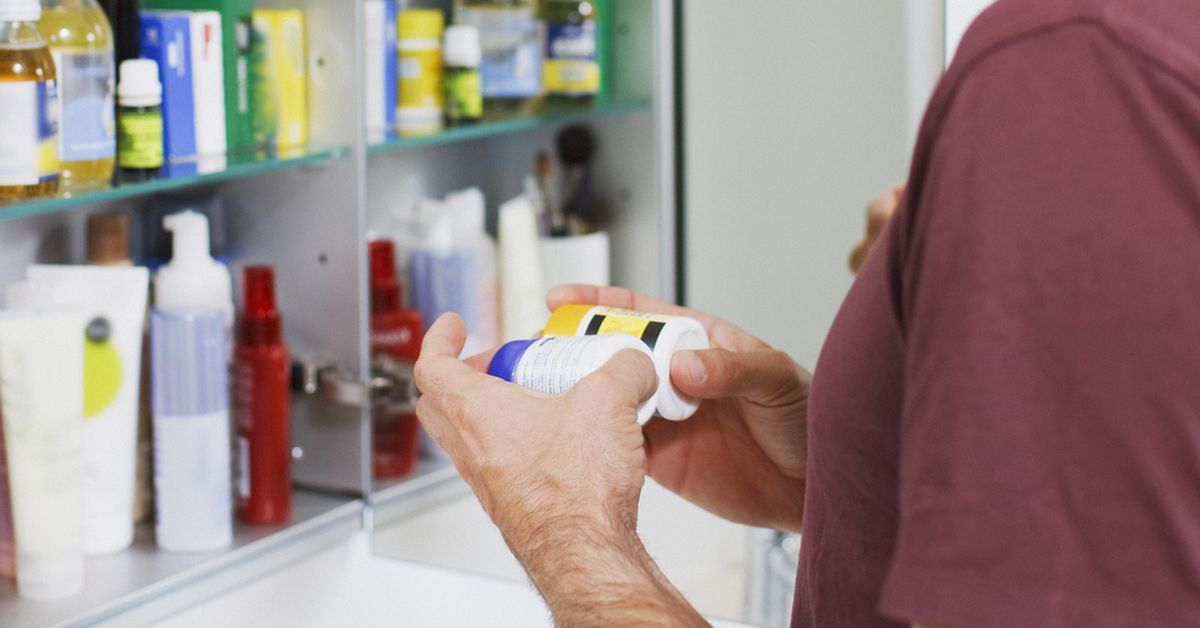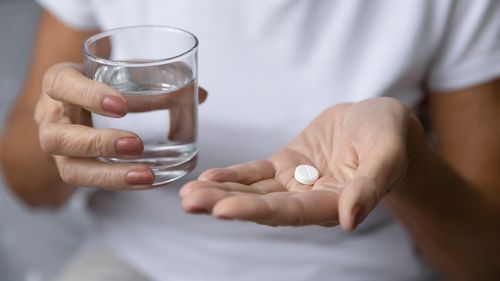
A common household staple has been linked to one of the world’s biggest health threats: antibiotic resistance.
Now research from the University of South Australia has revealed common painkillers such as ibuprofen and paracetamol have been fuelling antibiotic resistance.
The first-of-its-kind study found the two drugs drove resistance when used individually and could even amplify it when used together.
In one instance, researchers discovered that using ibuprofen and paracetamol alongside the broad-spectrum antibiotic ciprofloxacin to treat Escherichia coli (E. coli) led to significantly increased bacterial mutations.
That made the E. coli highly resistant to the antibiotic.
“Worryingly, the bacteria were not only resistant to the antibiotic ciprofloxacin, but increased resistance was also observed to multiple other antibiotics from different classes,” lead researcher Associate Professor Rietie Venter said.
“We also uncovered the genetic mechanisms behind this resistance, with ibuprofen and paracetamol both activating the bacteria’s defences to expel antibiotics and render them less effective.”

Where Australia ranks in countries with the greatest health freedoms
Researchers also assessed the effects of several other medications on antibiotic resistance, including metformin and pseudoephedrine.
The results made it clear that ”antibiotic resistance isn’t just about antibiotics anymore”.
“Antibiotics have long been vital in treating infectious diseases, but their widespread overuse and misuse have driven a global rise in antibiotic-resistant bacteria,” Venter said.
The study suggested further studies into the impacts of other drugs on antibiotic effectiveness were required in order to better understand and tackle the issue.

This was increasingly important for vulnerable groups, such as people in aged care homes where many residents took multiple medications daily.
“This doesn’t mean we should stop using these medications, but we do need to be more mindful about how they interact with antibiotics – and that includes looking beyond just two-drug combinations.”
Source link

